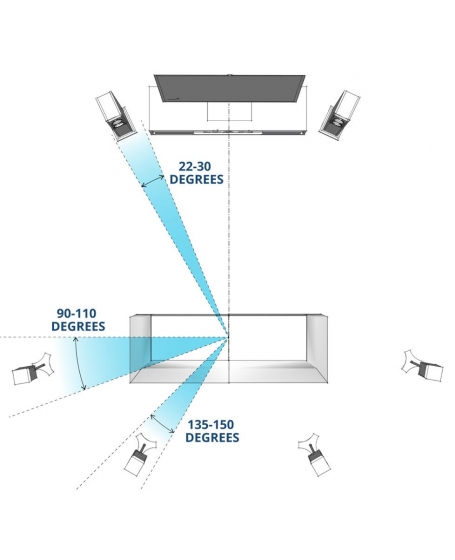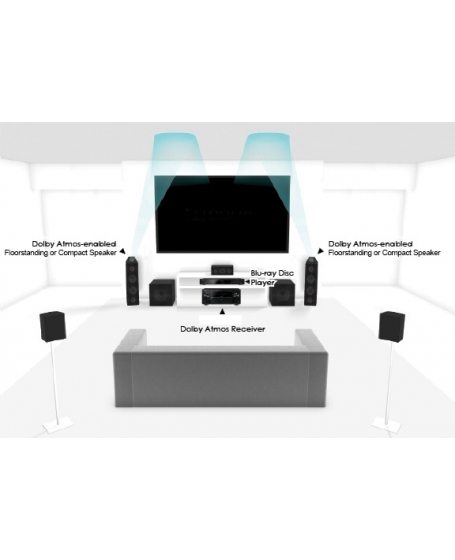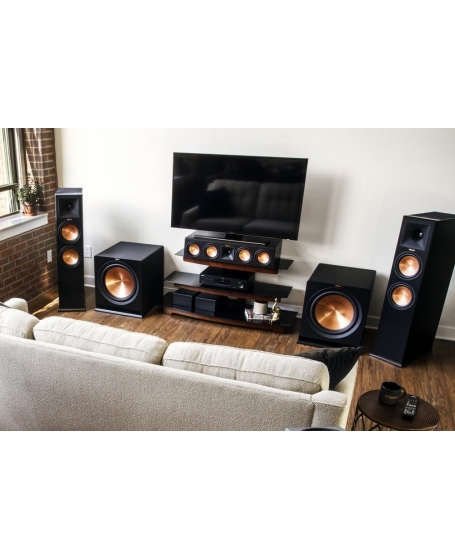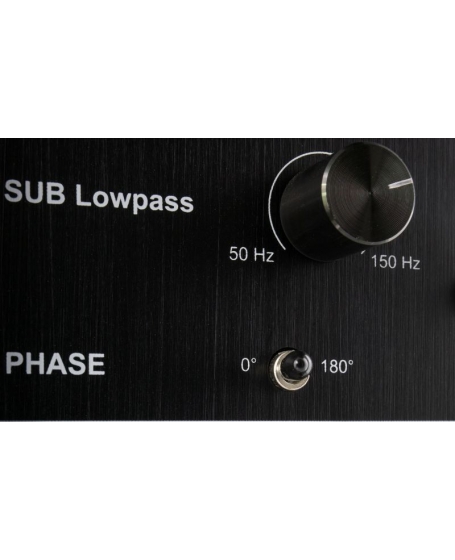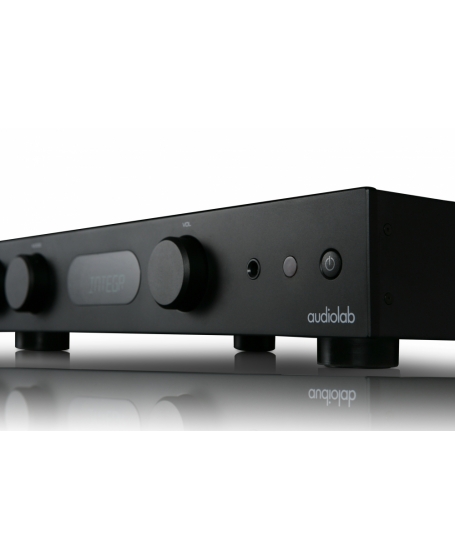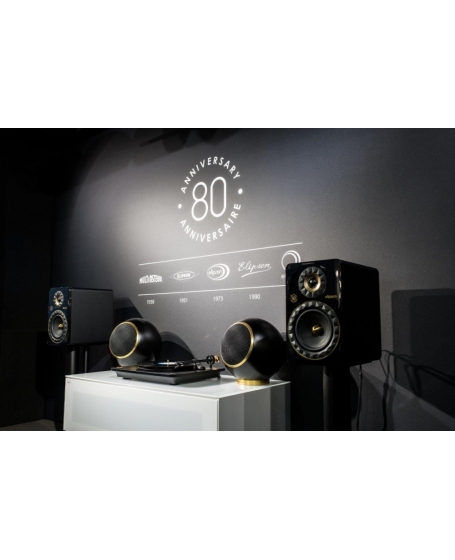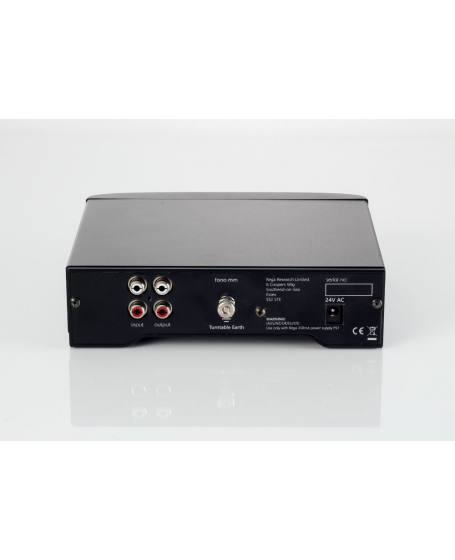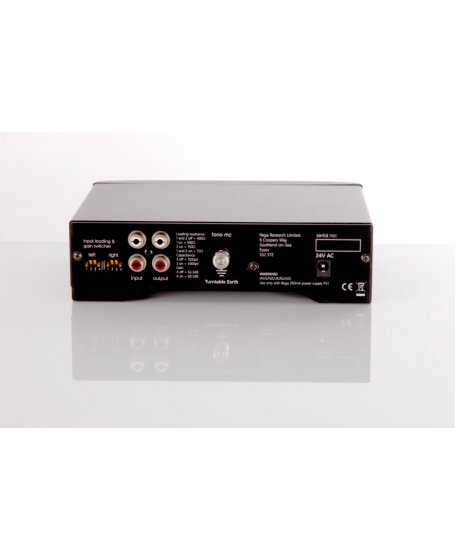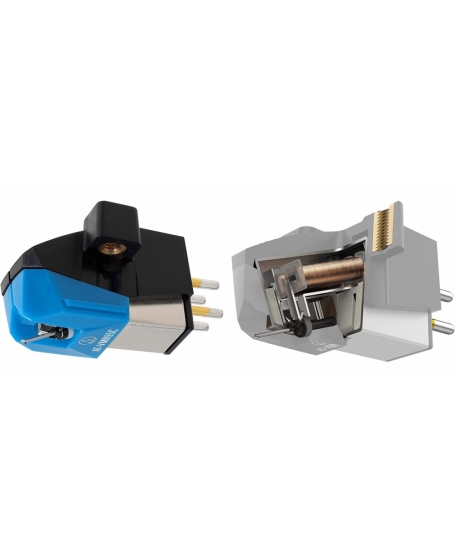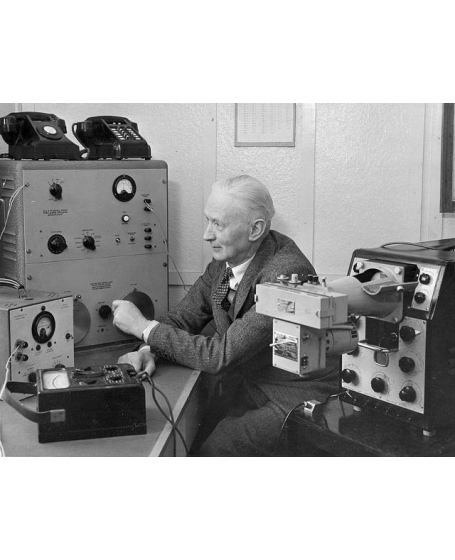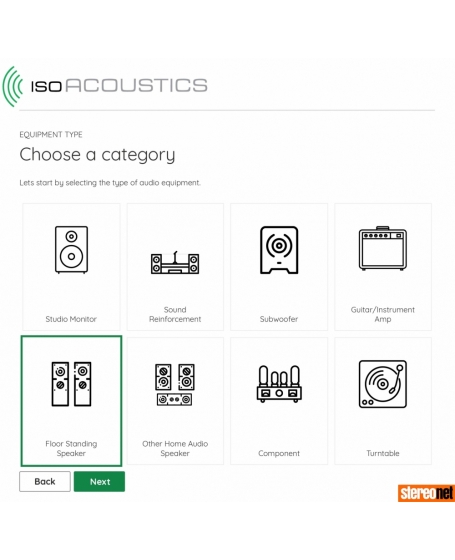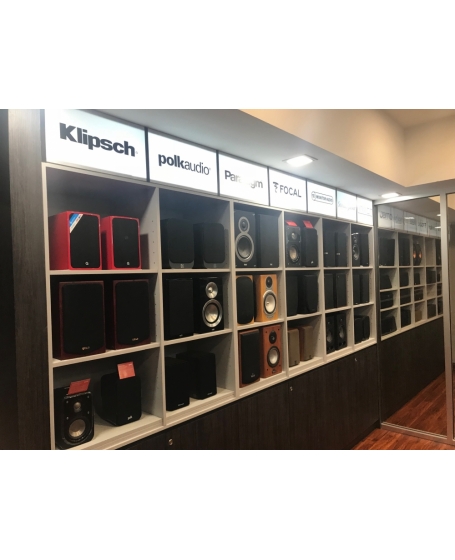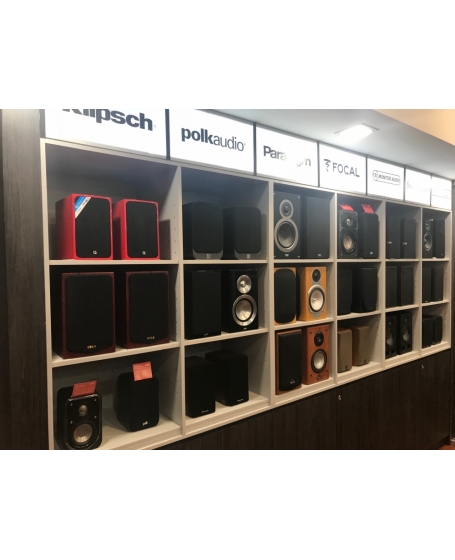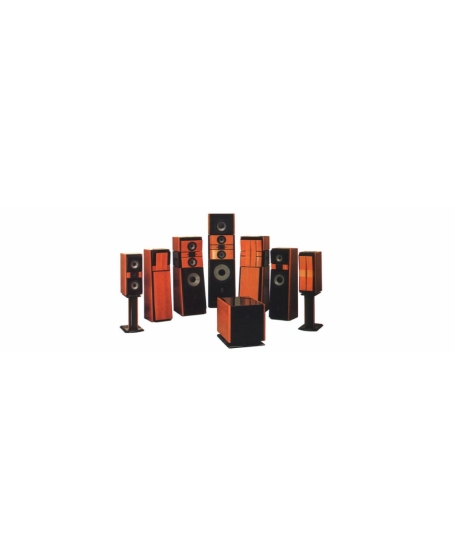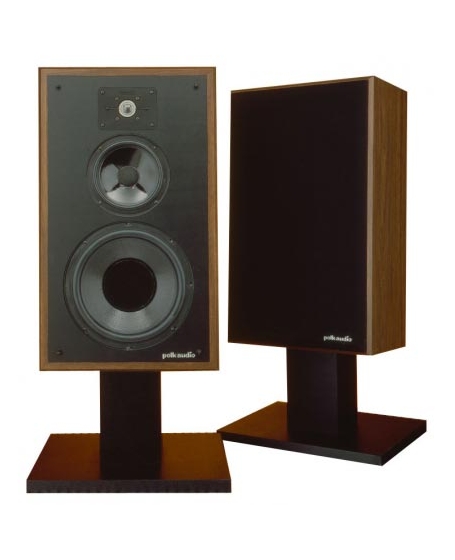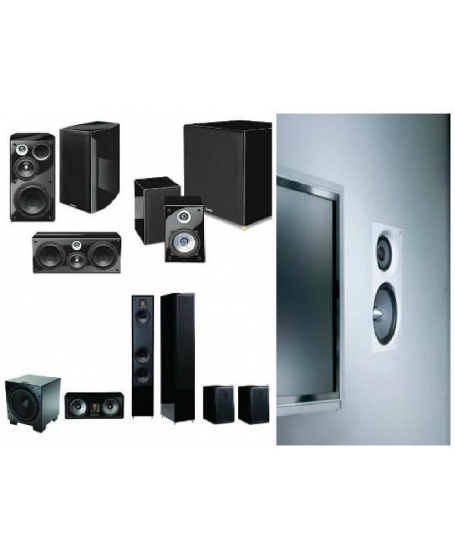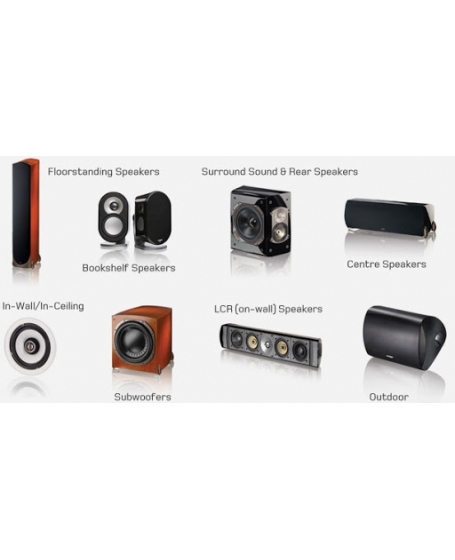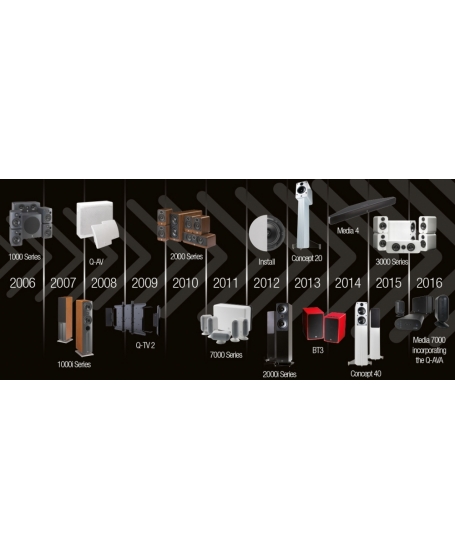Speaker placement for home theater
SKU: Speaker placement for home theater5.1, 7.1 and other surround sound setups
Speaker placement for home theater
5.1, 7.1 and other surround sound setups

How you arrange your home theater speakers has a big impact on how your system sounds. Proper speaker placement can elevate an average-sounding system to an elite home theater experience.
In this article we’ll show you where to place your speakers to get the best performance. And we’ll tackle some common room challenges that often get in the way of lifelike sound. Whether you have a new speaker system or just want to get more out of your existing gear, we can help.
Front left and right speakers
You want your front left and right speakers to focus their sound field at your listening position. Angle your speakers slightly towards the seat that’s directly in front of the TV. The tweeters should be at ear level when you’re seated.
Have some fun with your listening! Play around with how far your speakers are from the wall. The closer they get, the more that bass is reinforced. That can be good to a degree. But your overall sonic performance can improve if your speakers are pulled away from the wall. Try a few different positions to see what delivers the best results.
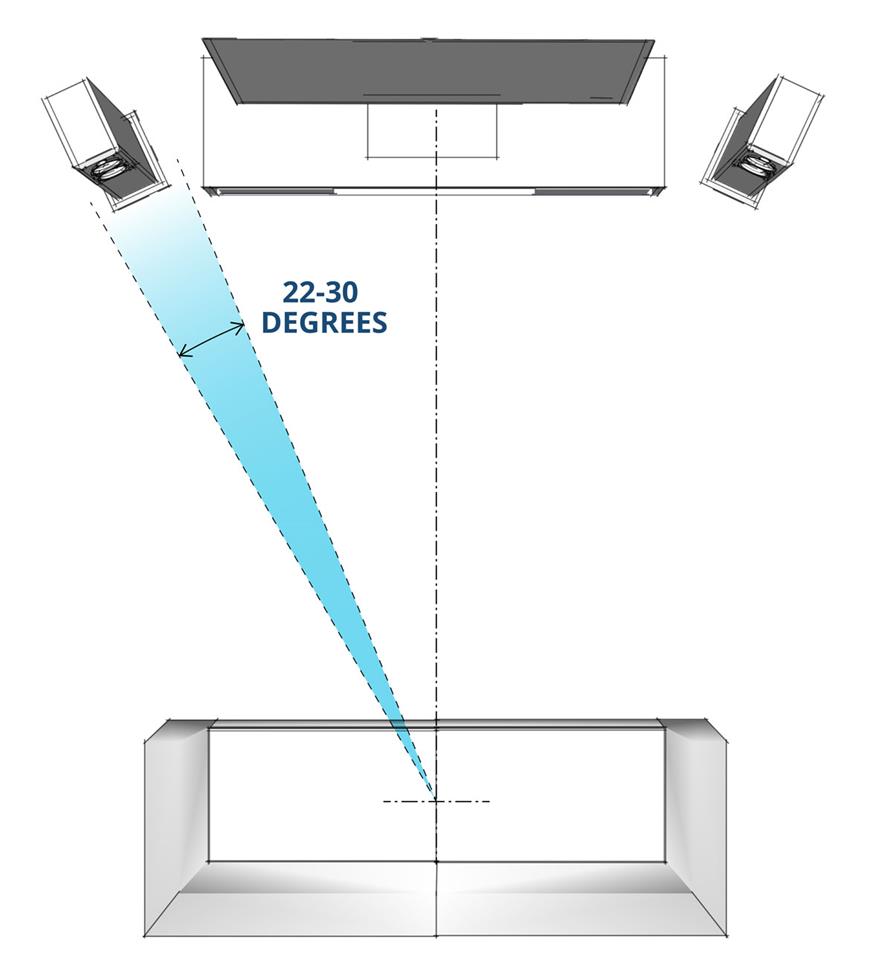
Angling your front speakers towards you locks in tight, accurate sound at your seating position.
Center channel speaker
Place your center channel right above or below your TV, and line it up with the midpoint. If possible, tilt it to direct the sound to ear level. Here are some center channel shelves that go above your TV if you don’t have a shelf available.
Surround speakers
Your surround speakers can be placed on speaker stands, or you can mount them to the wall. To keep your wires and cables neat and clean, check out our room-friendly tips.
5.1 surround sound
In a 5.1 system, your surround speakers are best placed to the left and right of your listening position. Aim them directly towards you for the best sound. If side placement isn't practical, place your surround speakers a few feet behind your listening position and face them forward. You’ll want your surrounds one to two feet above ear level to get the best sound effects.
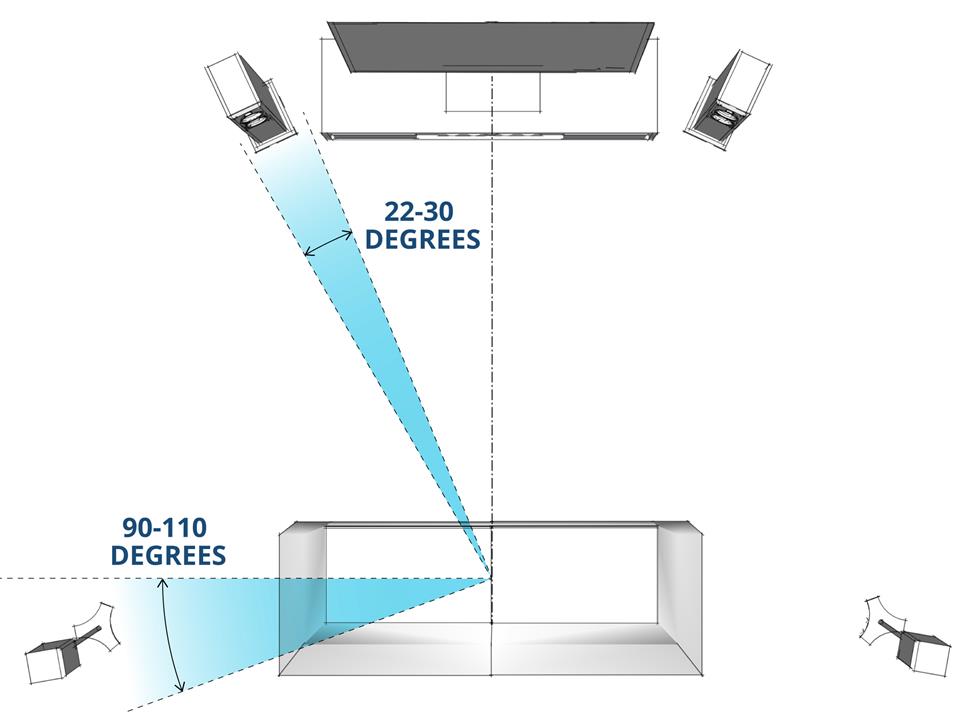
Place your surround speakers 1 to 2 feet above ear level for immersive special effects.
7.1 surround sound
In a 7.1 system, surround speakers are positioned beside and behind your seating area. Just like in a 5.1 setup, the side speakers are placed to the left and right of your seating position and face directly towards you. The rear speakers are positioned behind you, facing forward. Position both pairs of speakers one to two feet above ear level for best performance.
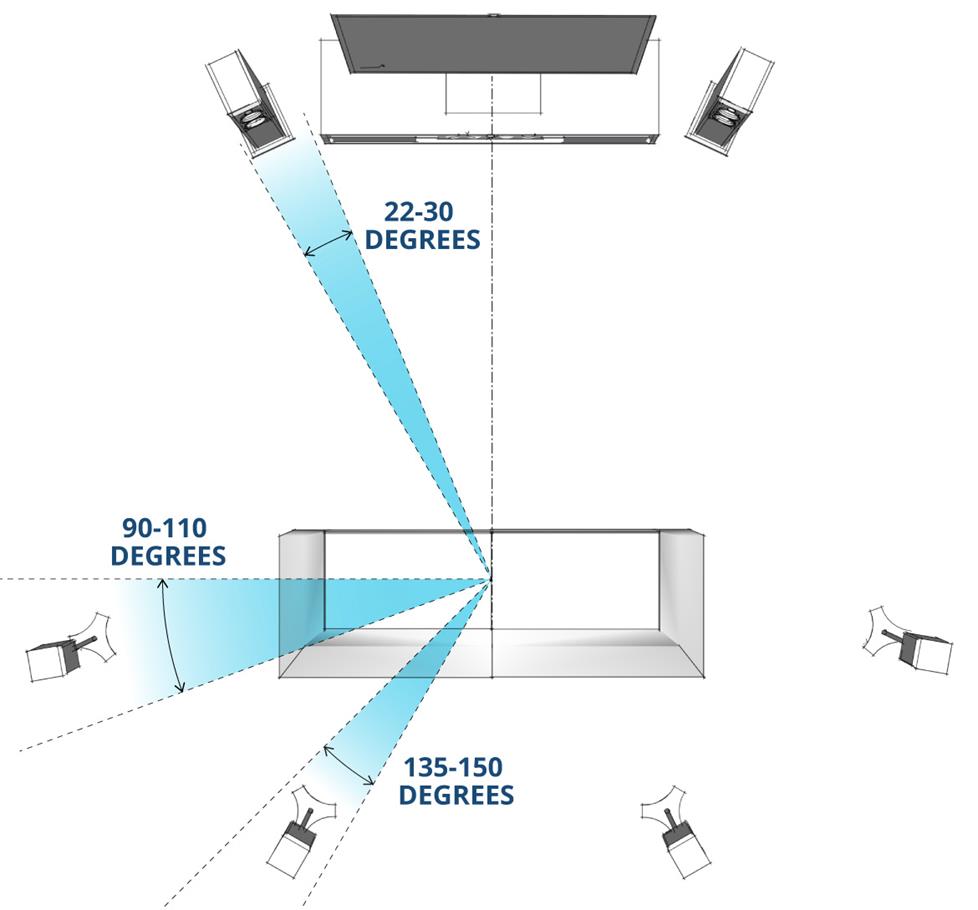
A 7.1 system utilizes side and rear surrounds. Direct each speaker towards you for wraparound sound.
Subwoofer
Since bass frequencies are omnidirectional, you have flexibility where your subwoofer goes. Placing your subwoofer near a wall will generally result in more bass. Placement near a corner where three room boundaries come together will get you even more.
Most people put their sub in the front of the room, so that it’s easier to connect it to their home theater receiver. If running a cable to where your sub sounds the best is impractical, use a wireless subwoofer kit.

Placing your subwoofer near a wall reinforces bass. Corner placement delivers even more low-end punch.
Add a second sub for better bass
Using two subs improves bass distribution by filling in gaps where bass response may be weak. A second sub also provides more impactful dynamics and greater system headroom.
The layout of your room will determine where the second sub should be placed. Some rooms get the best results by having a sub in each of the front corners of the room. Others get more even bass distribution from having one sub in the front of the room, and the other in the back. Try a few different arrangements to see where you get the best bass in your room.
Once you've got your subwoofer(s) in place, check out our home theater subwoofer setup article for tips on getting deep, room-filling bass.

Add a second subwoofer for more evenly-distributed bass in your room.
Tips for odd-shaped rooms
Not every room will easily accommodate a surround sound system. Ideal speaker locations may be taken up by doors, windows, or furniture. And some floor plans are notoriously tricky. Use the system layouts shown below to get the best sound in these challenging rooms.
L-shaped room
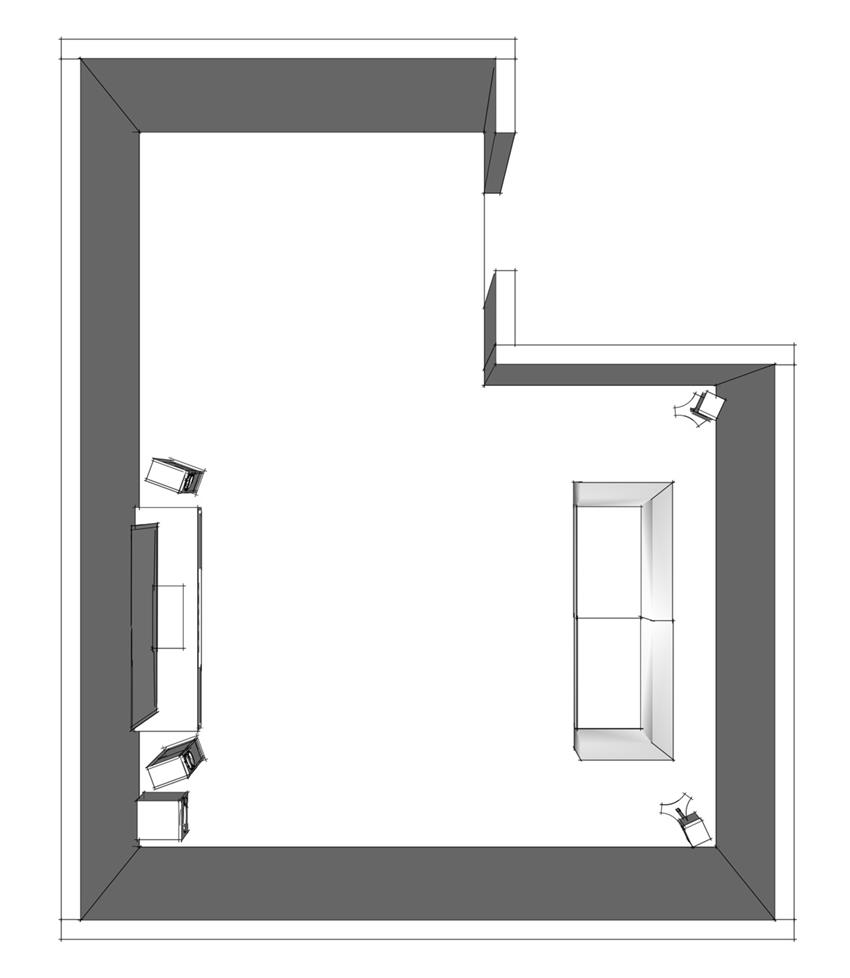
Have an L-shaped room? Arrange your system using standard 5.1 system guidelines. Pulling the couch away from the wall will improve sound quality.
TV in a corner
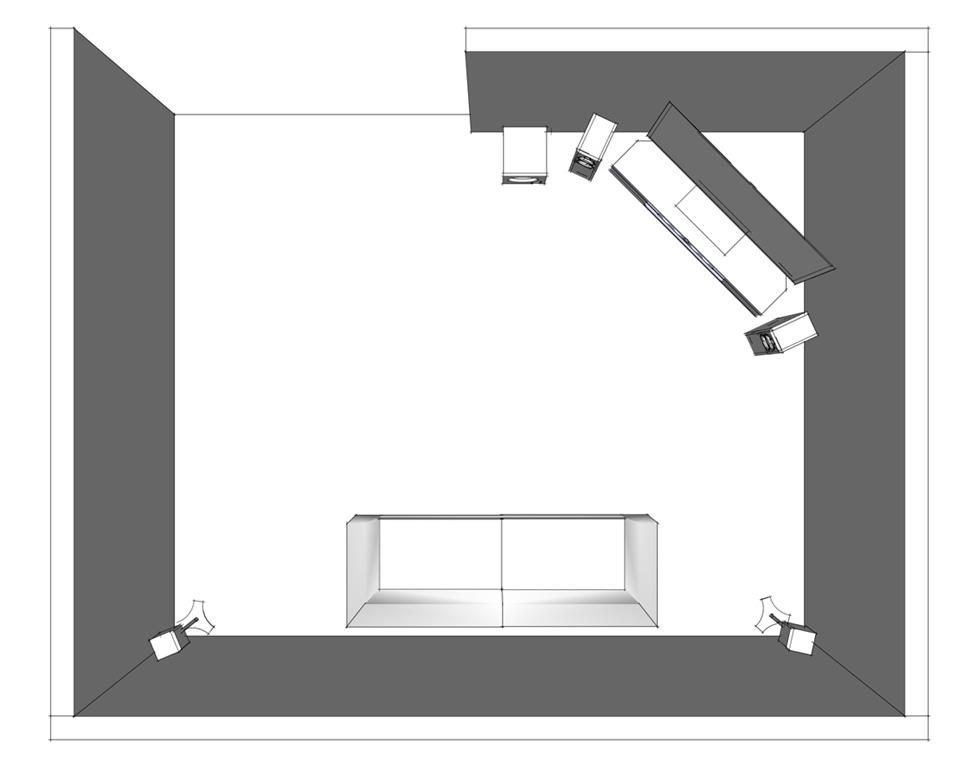
TV in a corner? This arrangement makes the best use of your space. Have seating along both walls? A sound bar or 3.1 system is a better option since there are no good placement options for surround speakers.
Open Floor Plan
Have an open floor plan? Consider in-ceiling speakers for your surrounds. Place them slightly behind your seating area for exciting overhead effects.
If you have a room that doesn't naturally lend itself to surround sound, consider using a high-end sound bar or a 3.1 system. A 3.1 system uses a left, right, and center channel along with a powered subwoofer to create a dynamic front soundstage. These systems are often better options than putting surround speakers where they are in the way, or look strange.
Dolby Atmos® and DTS:X
You can set up a Dolby Atmos or DTS:X system with in ceiling speakers or Dolby Atmos enabled upward firing speakers. An Atmos system starts with a conventional 5.1 or 7.1 surround sound speaker setup. Then you add two or four speakers to project sound that rains down from above the listening position.
DTS:X works with any traditional surround system. Simply arrange your speakers to best fit your space. Then let your receiver’s auto-calibration and object-based surround processor sort out the details. It will determine where to best send dialogue and sound effects.
For specifics on where to place your Dolby Atmos speakers, check out Dolby speaker setup guide. For tips on where to install your overhead speakers, check out our in ceiling speaker placement guide.
Don’t worry about perfection
The good news is that you don’t need to find the “perfect spot” for each speaker. Many home theater receivers offer automatic speaker calibration that takes care of things for you.
An included microphone gets placed in your seating positions. It listens to test tones that are played through each speaker at different volume levels. The receiver is then able to compensate for less-than-perfect placement by automatically adjusting timing, output level, and equalization for each speaker.


